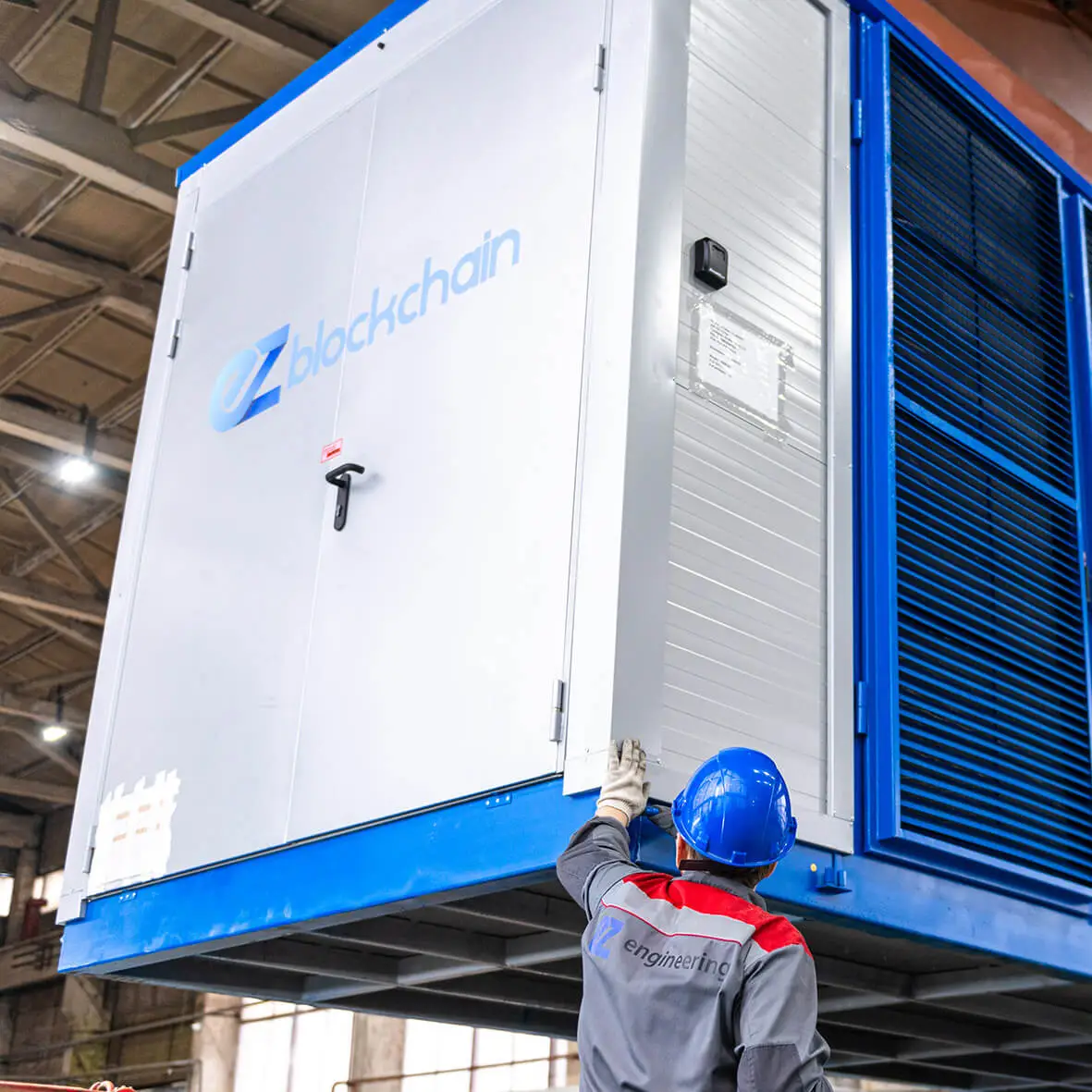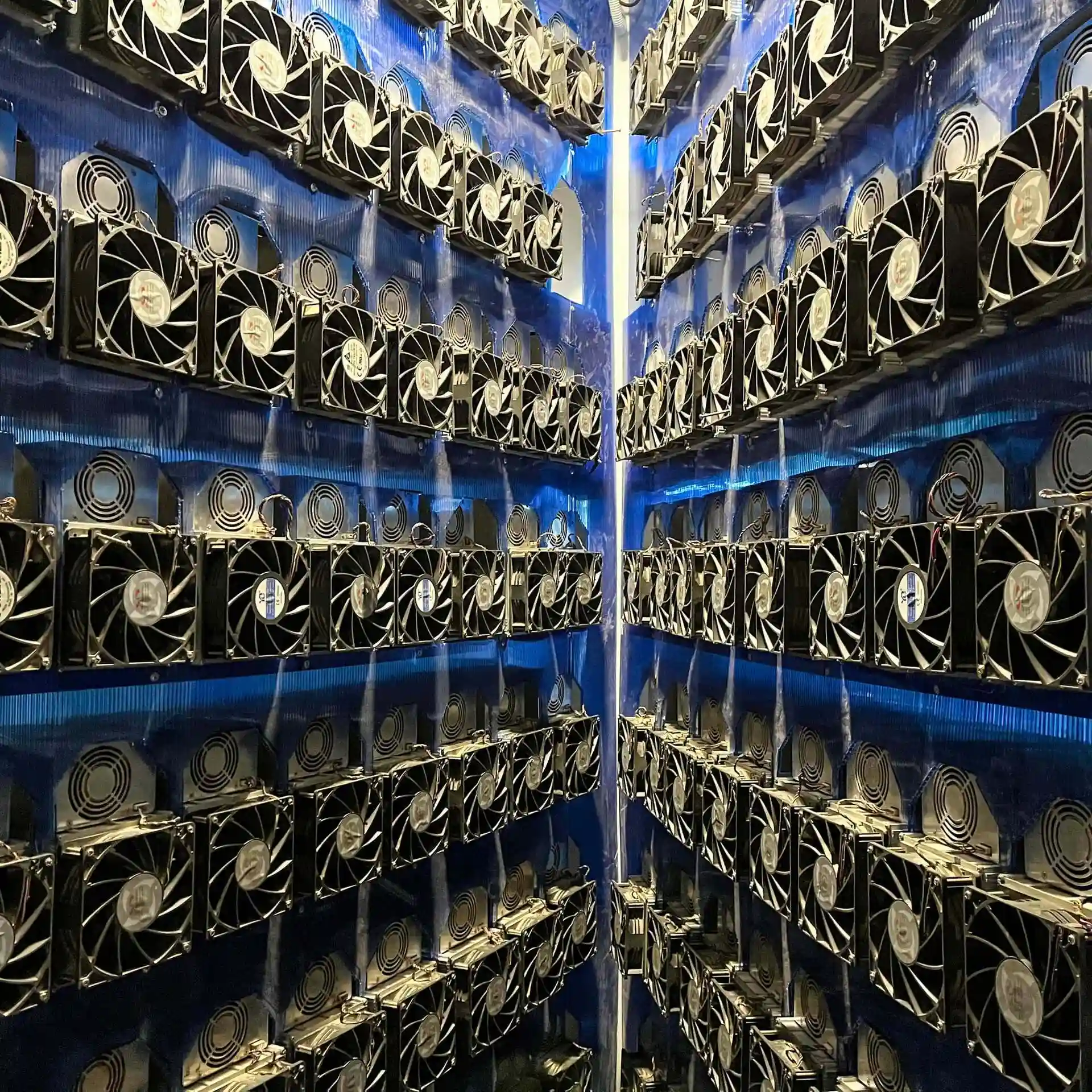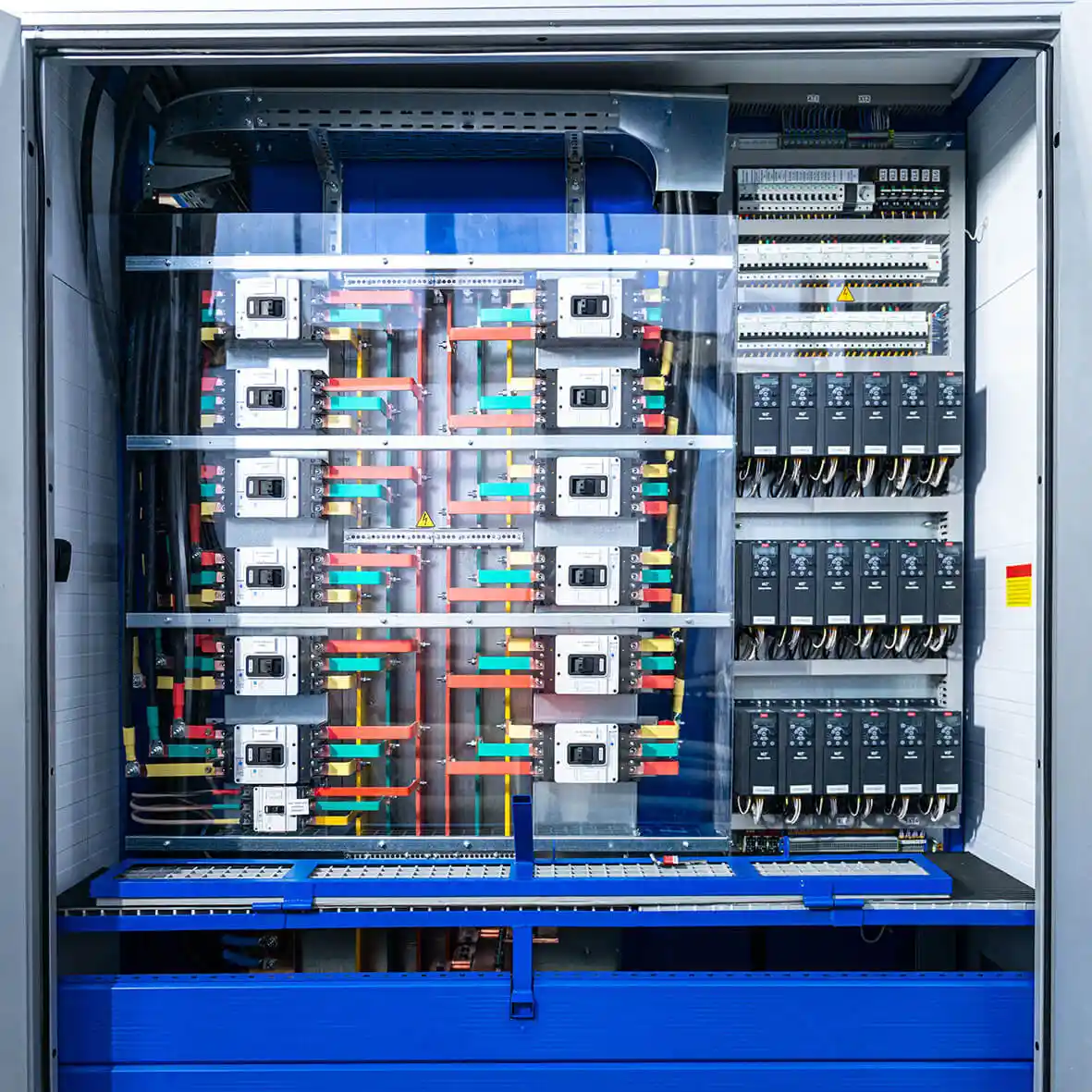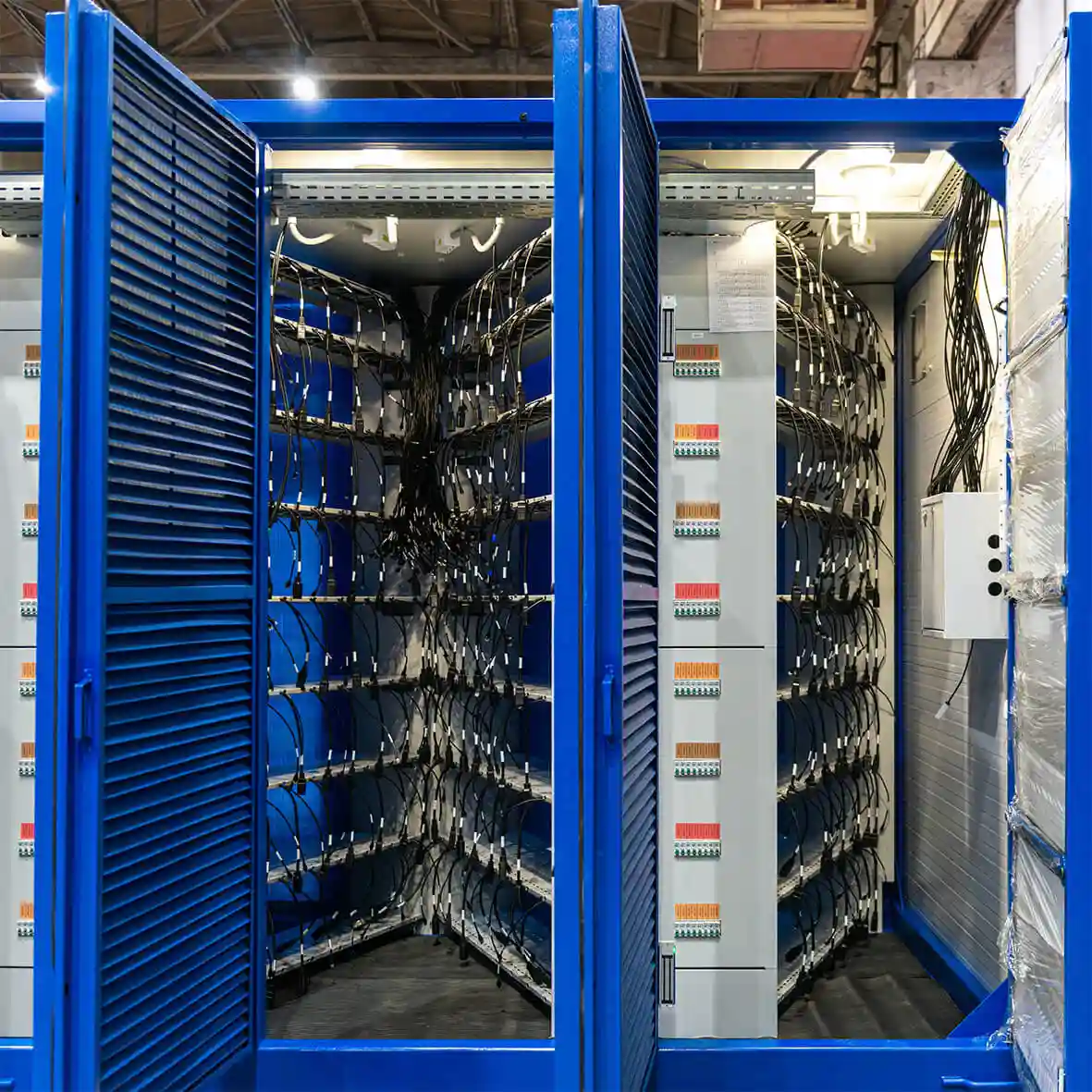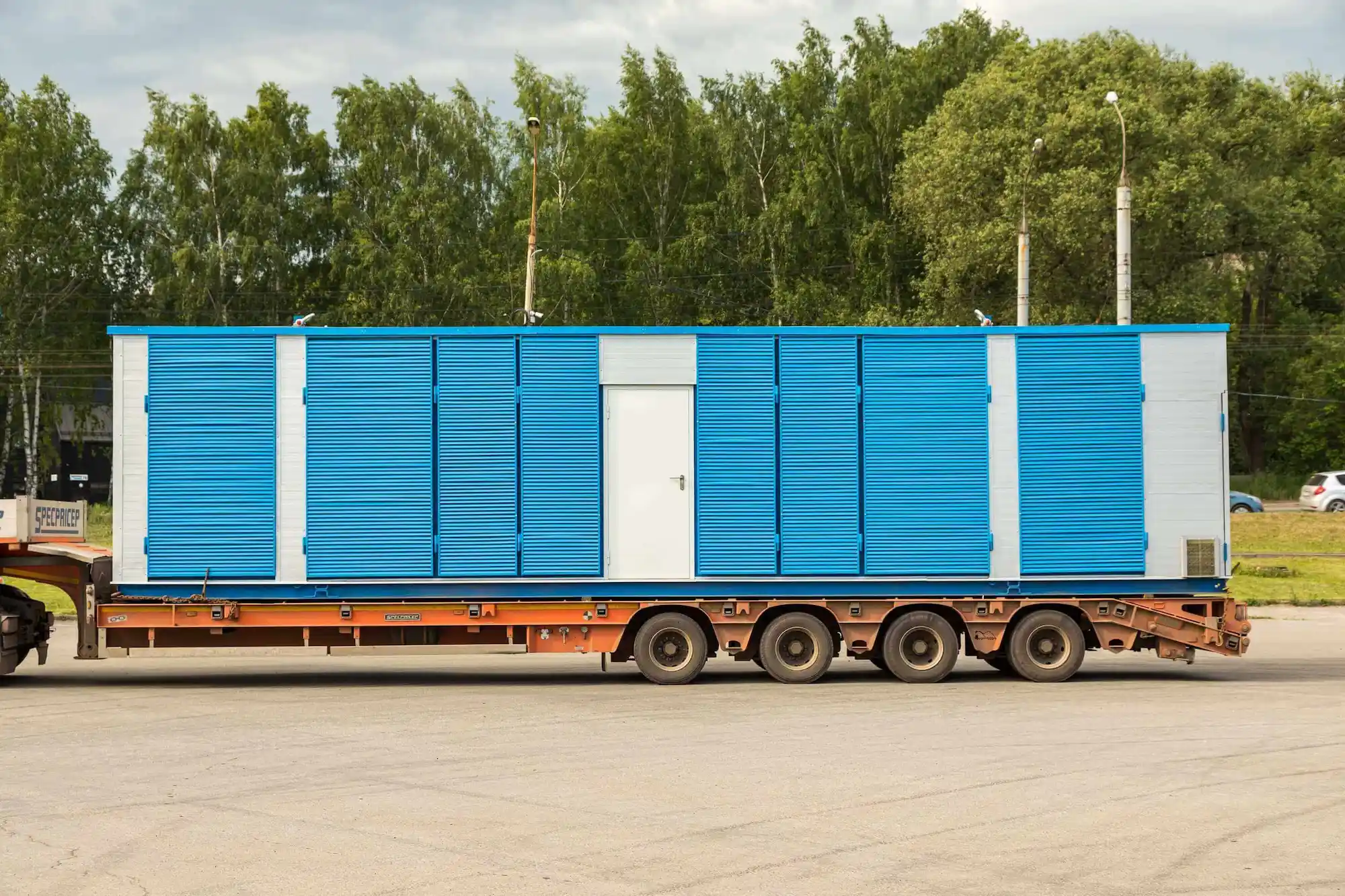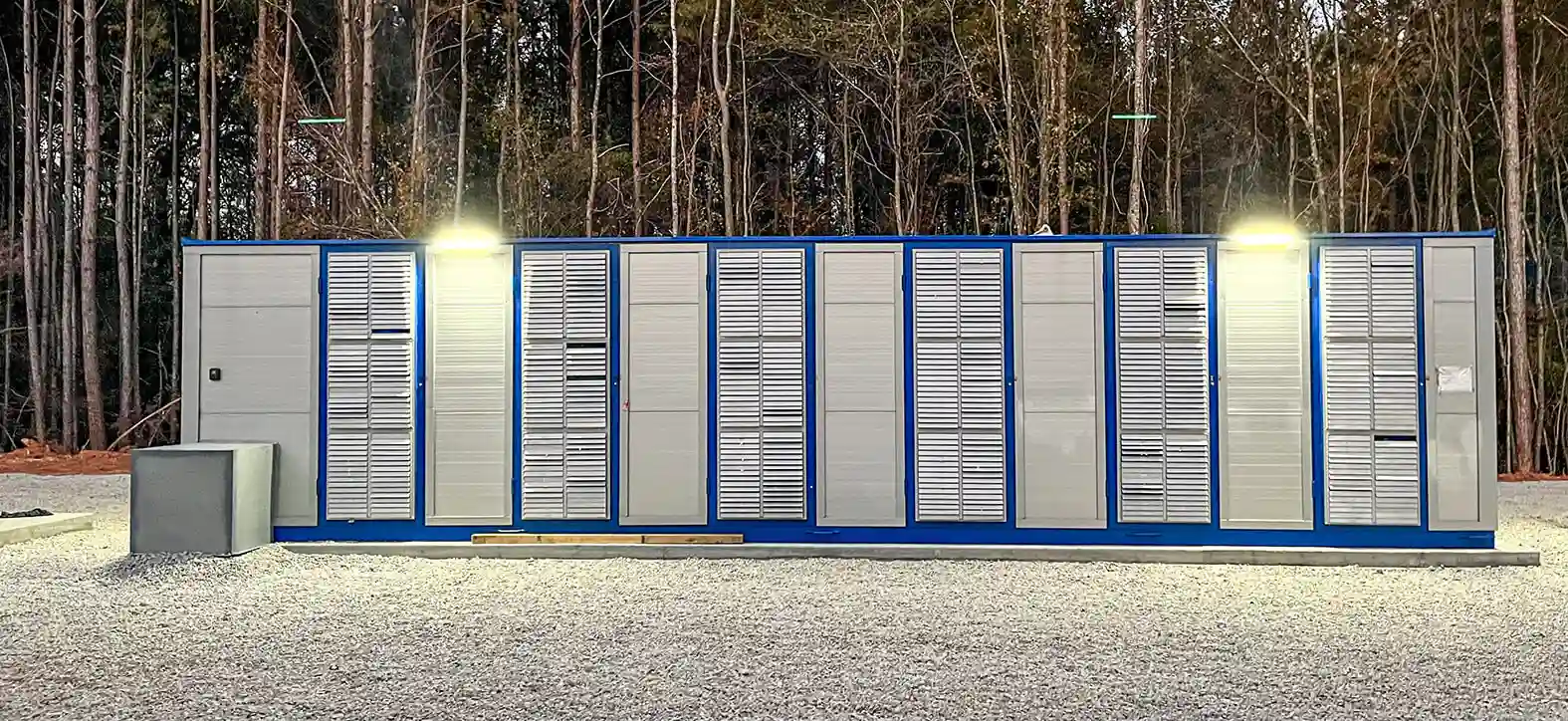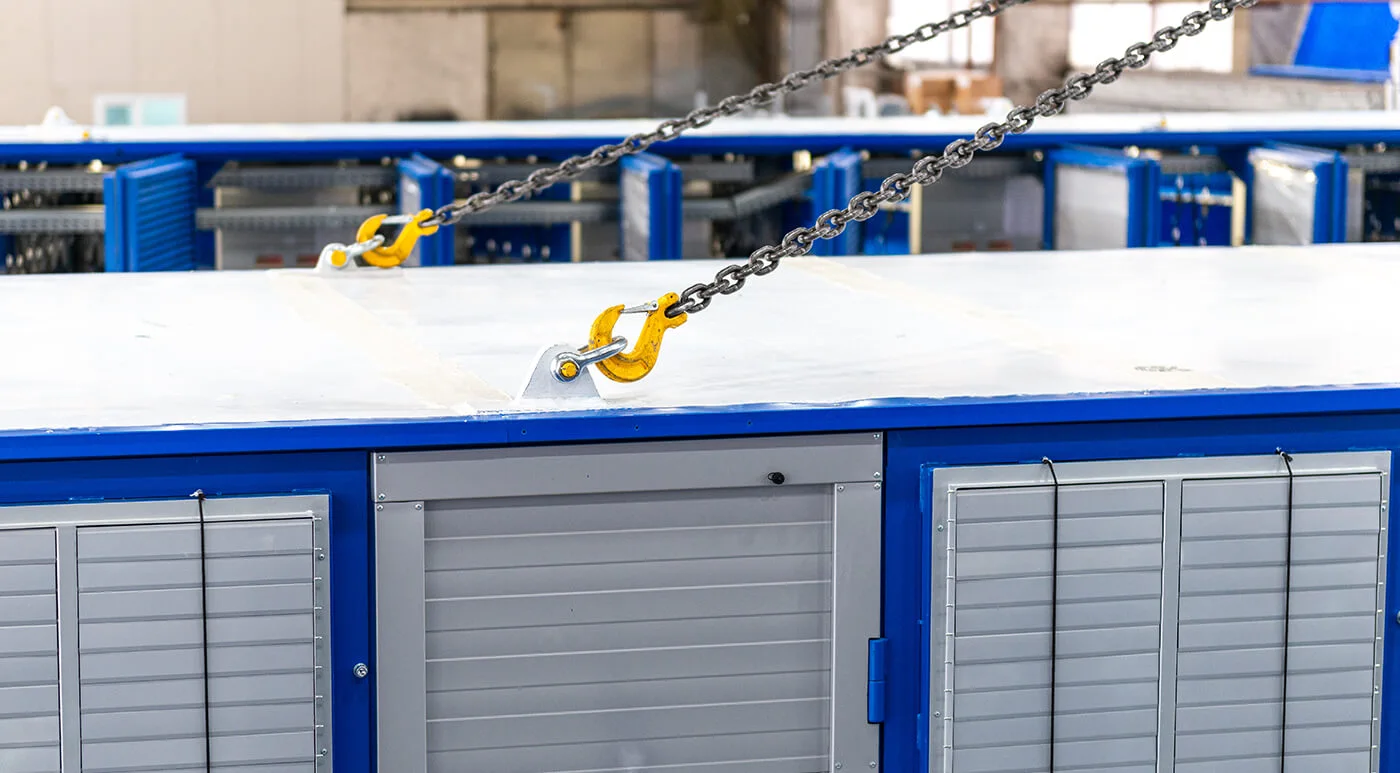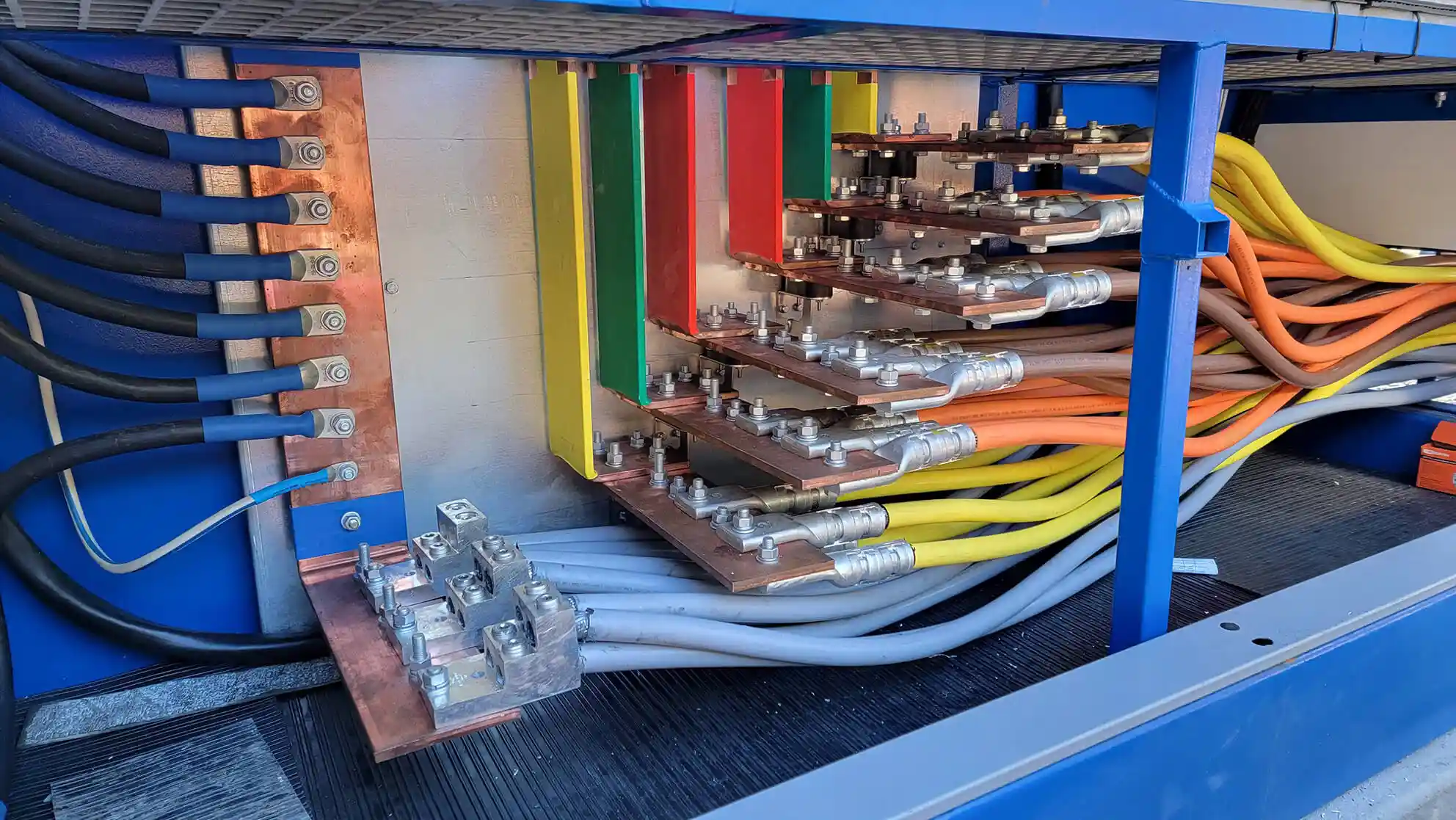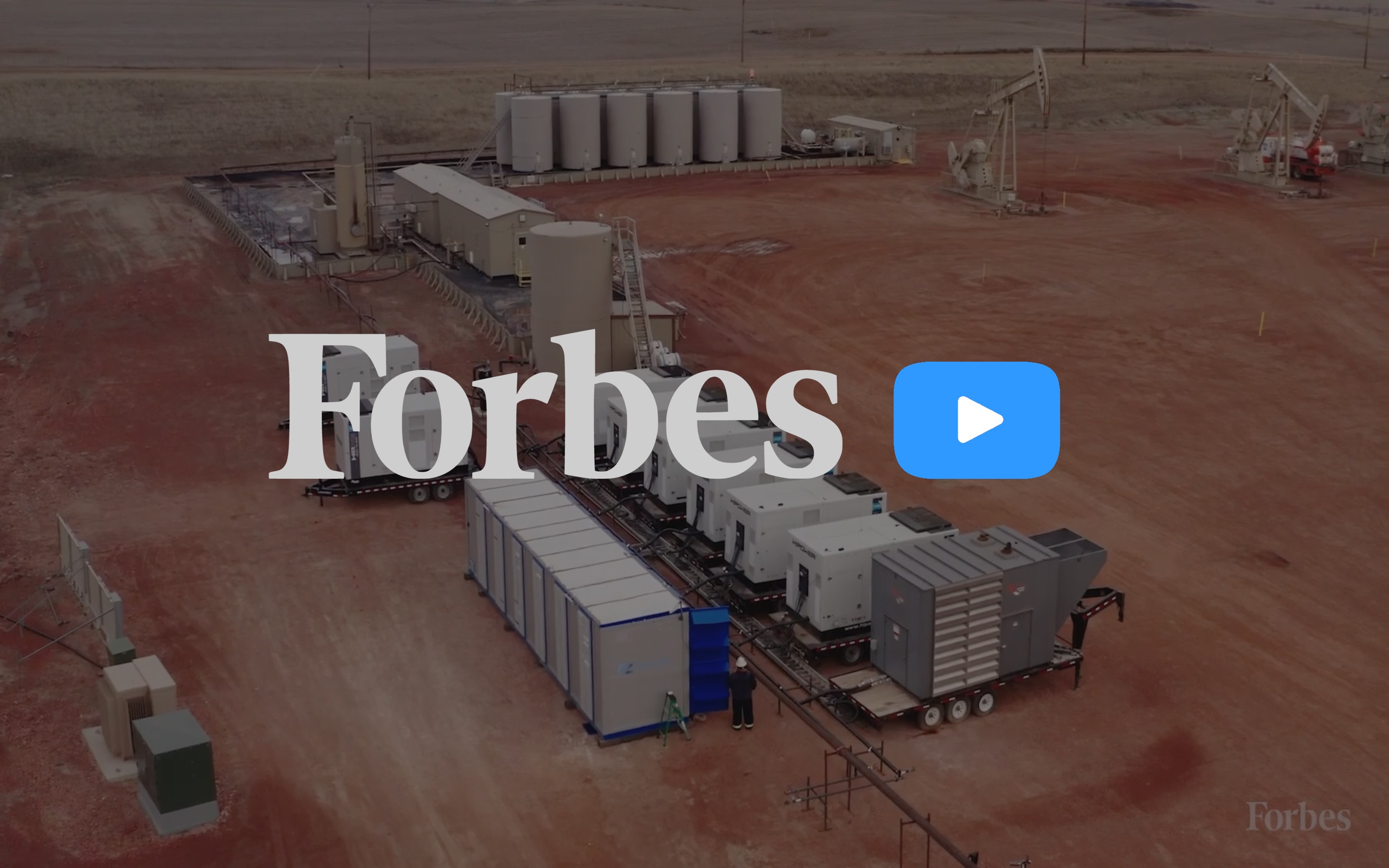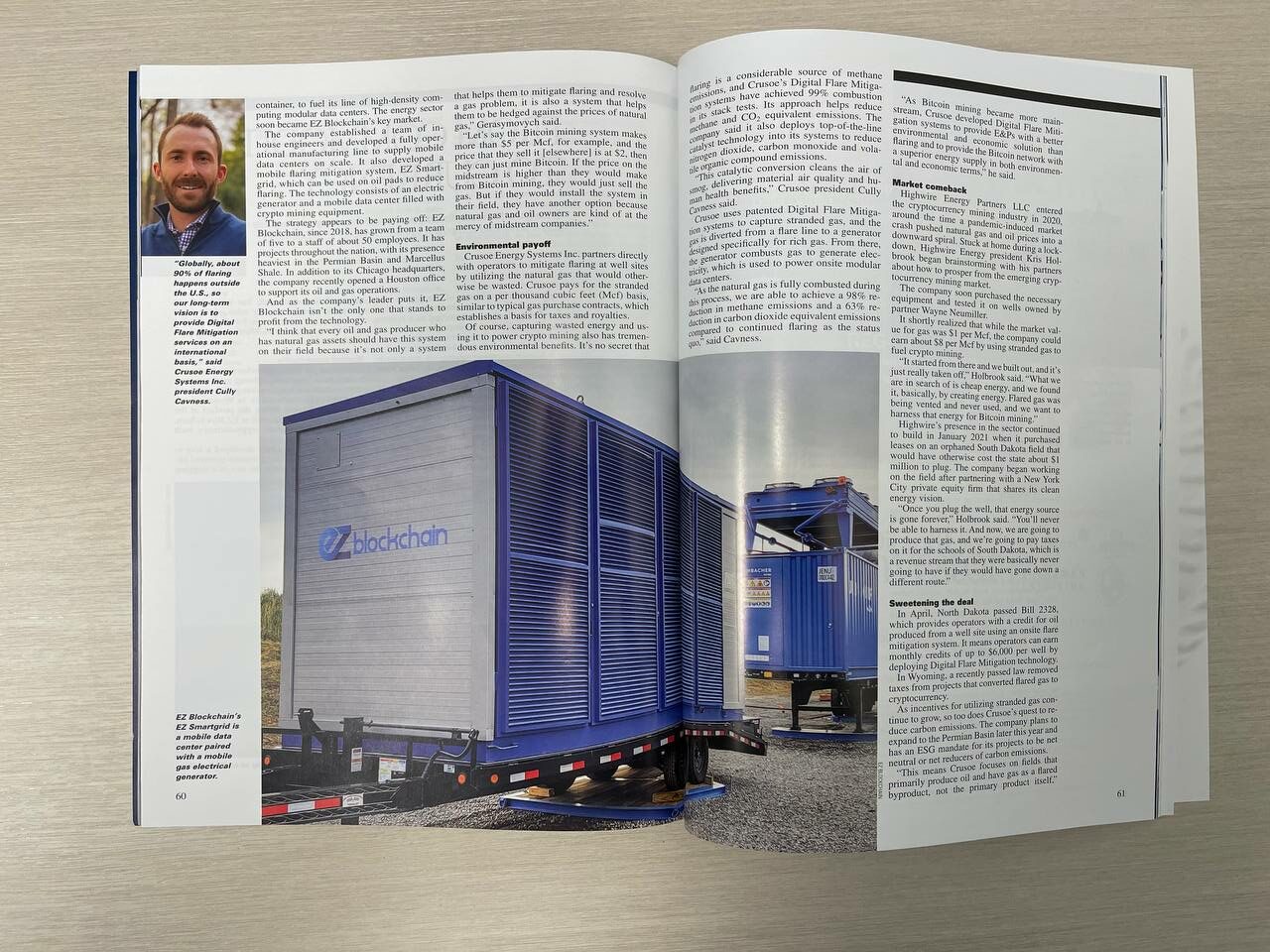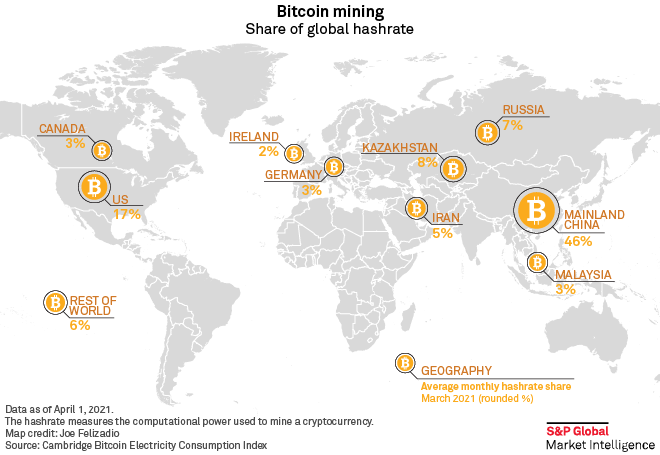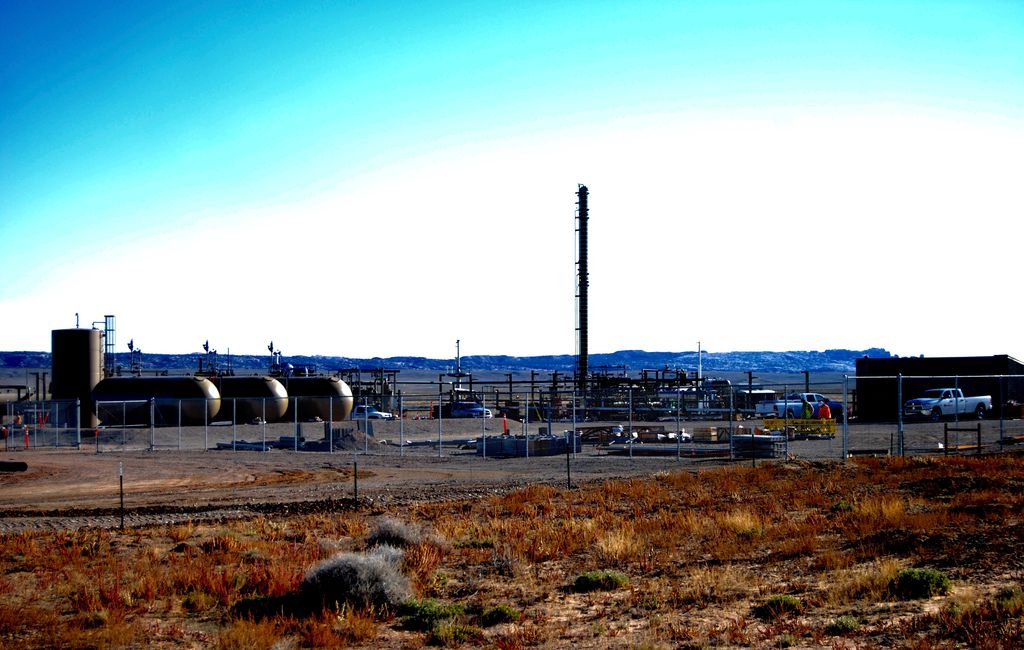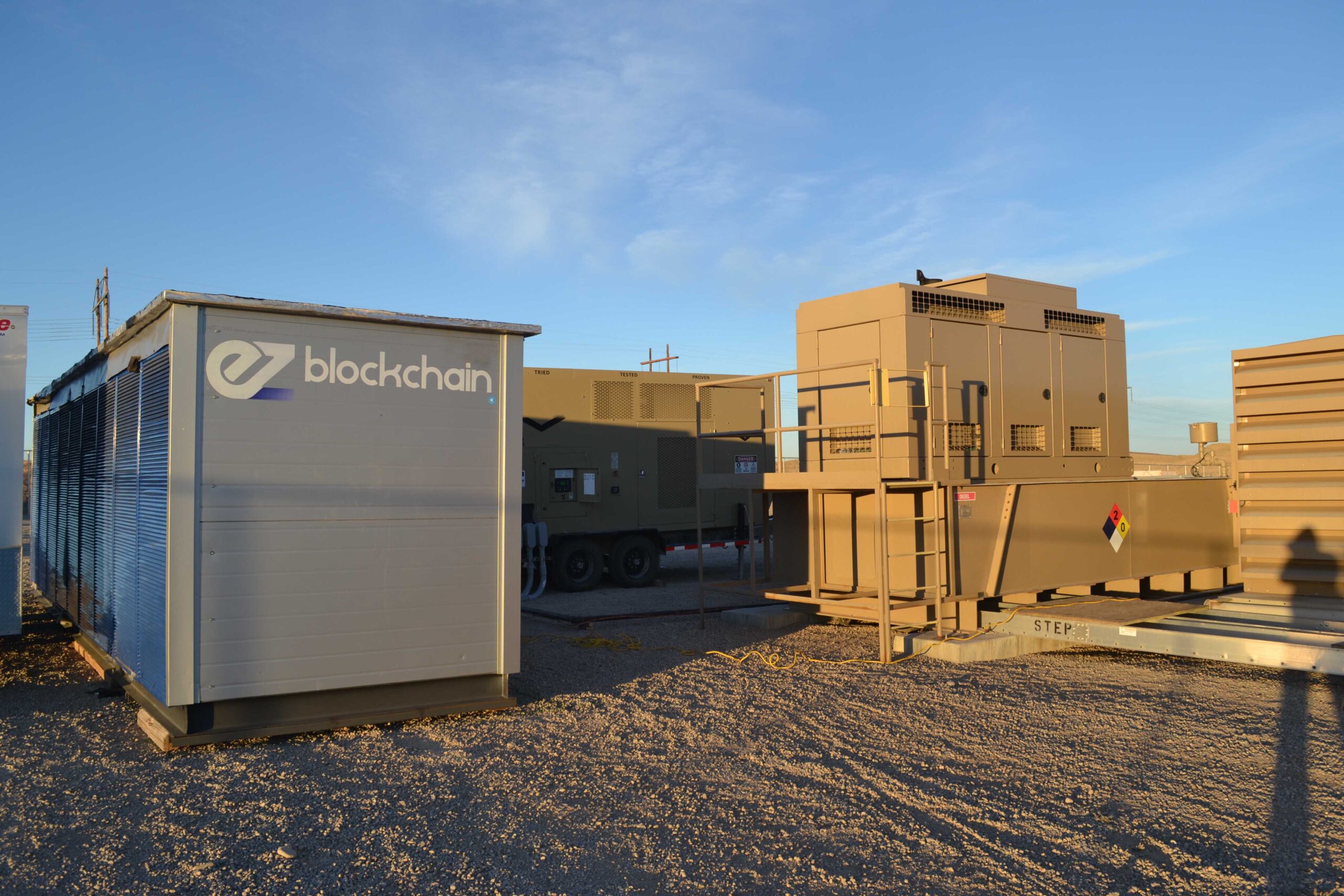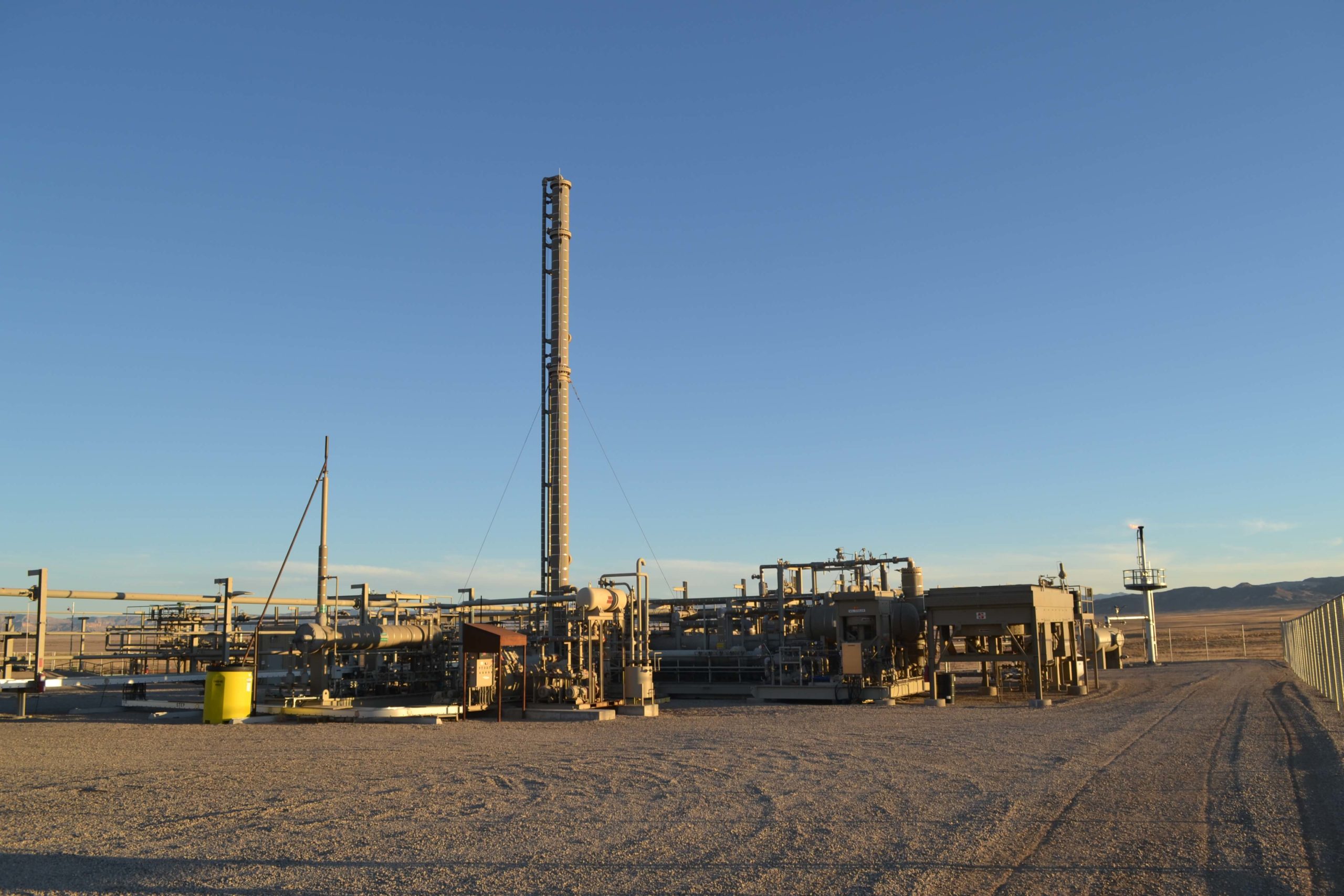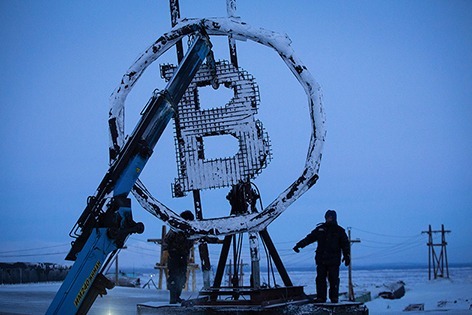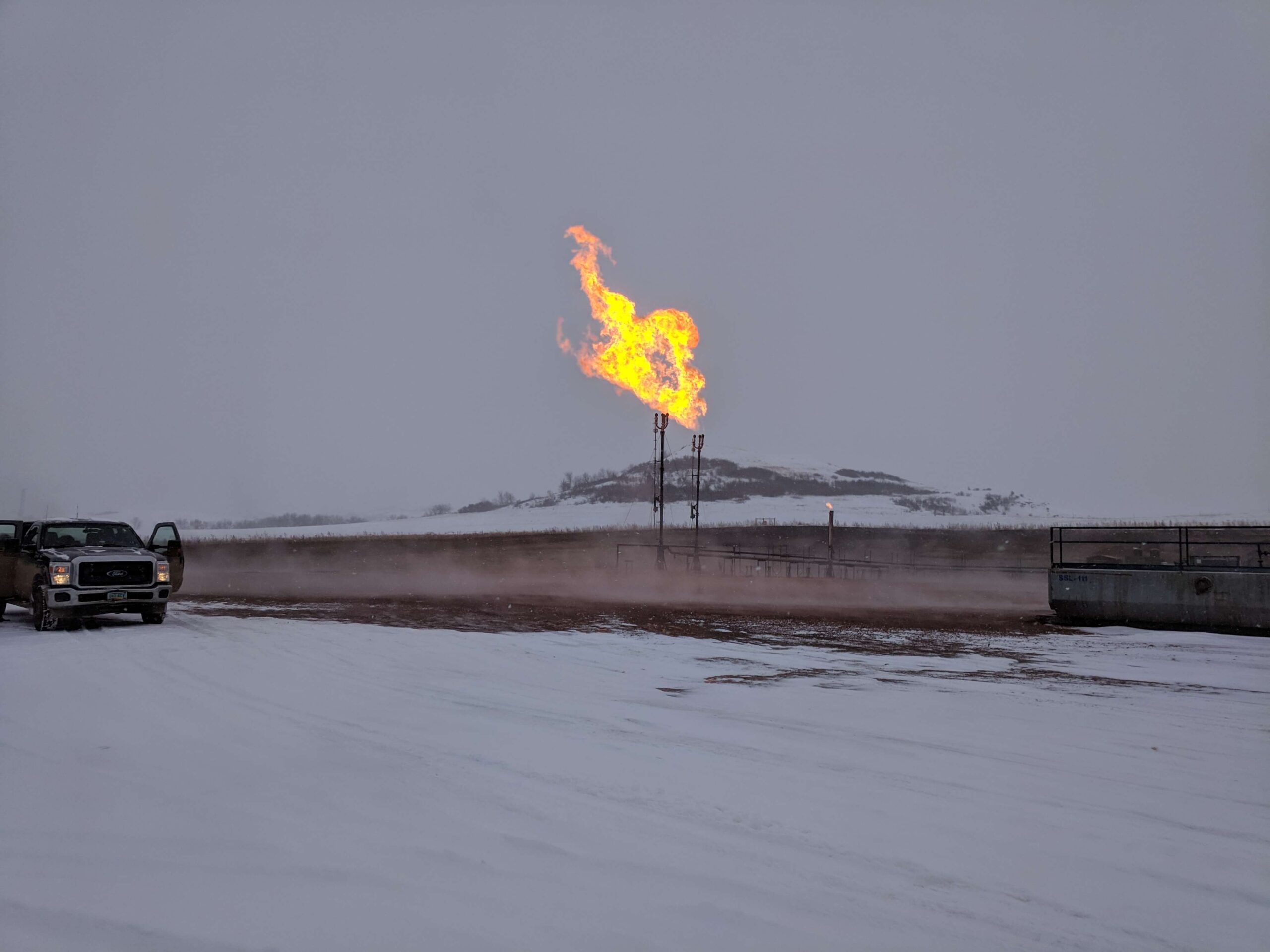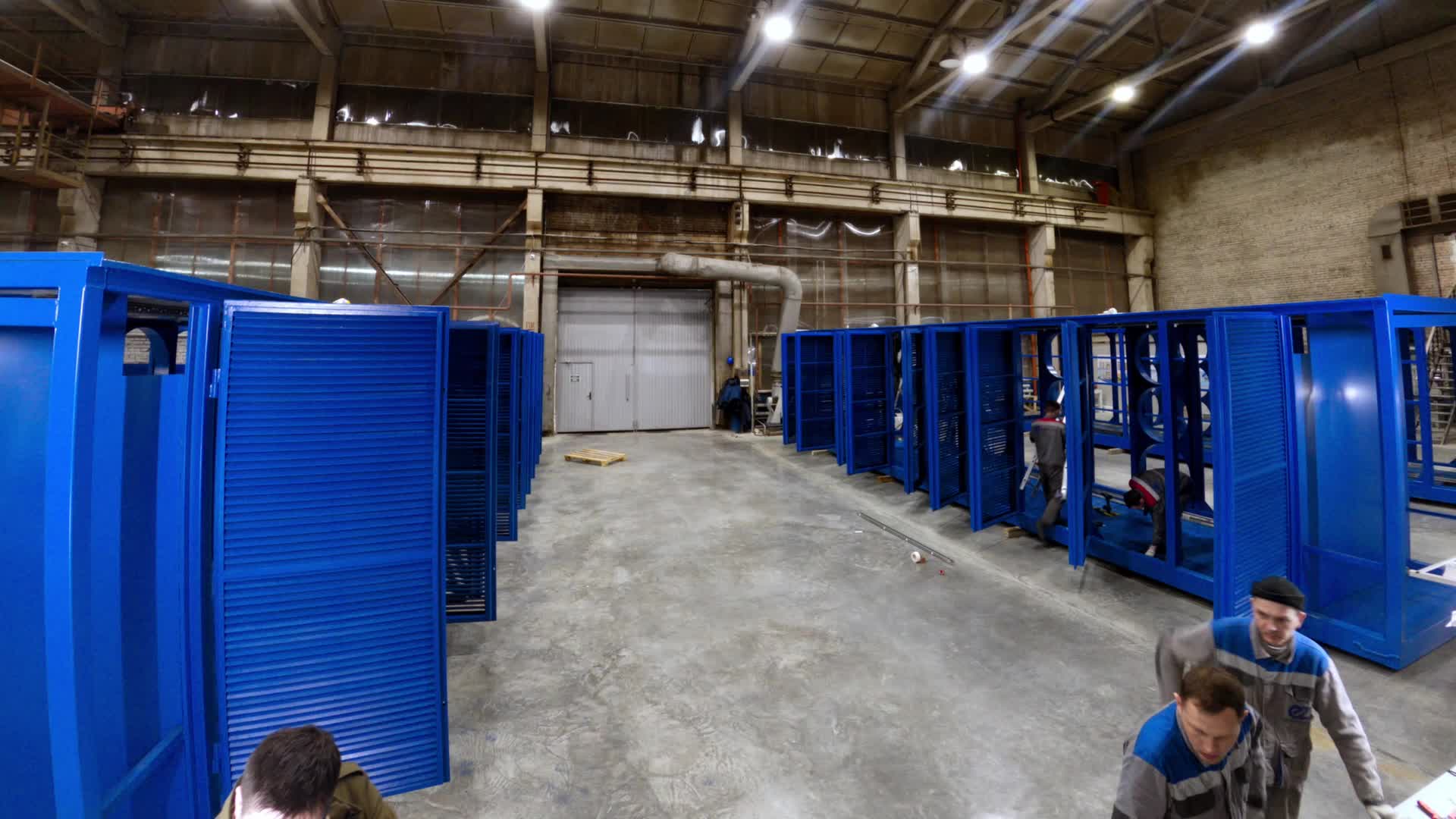
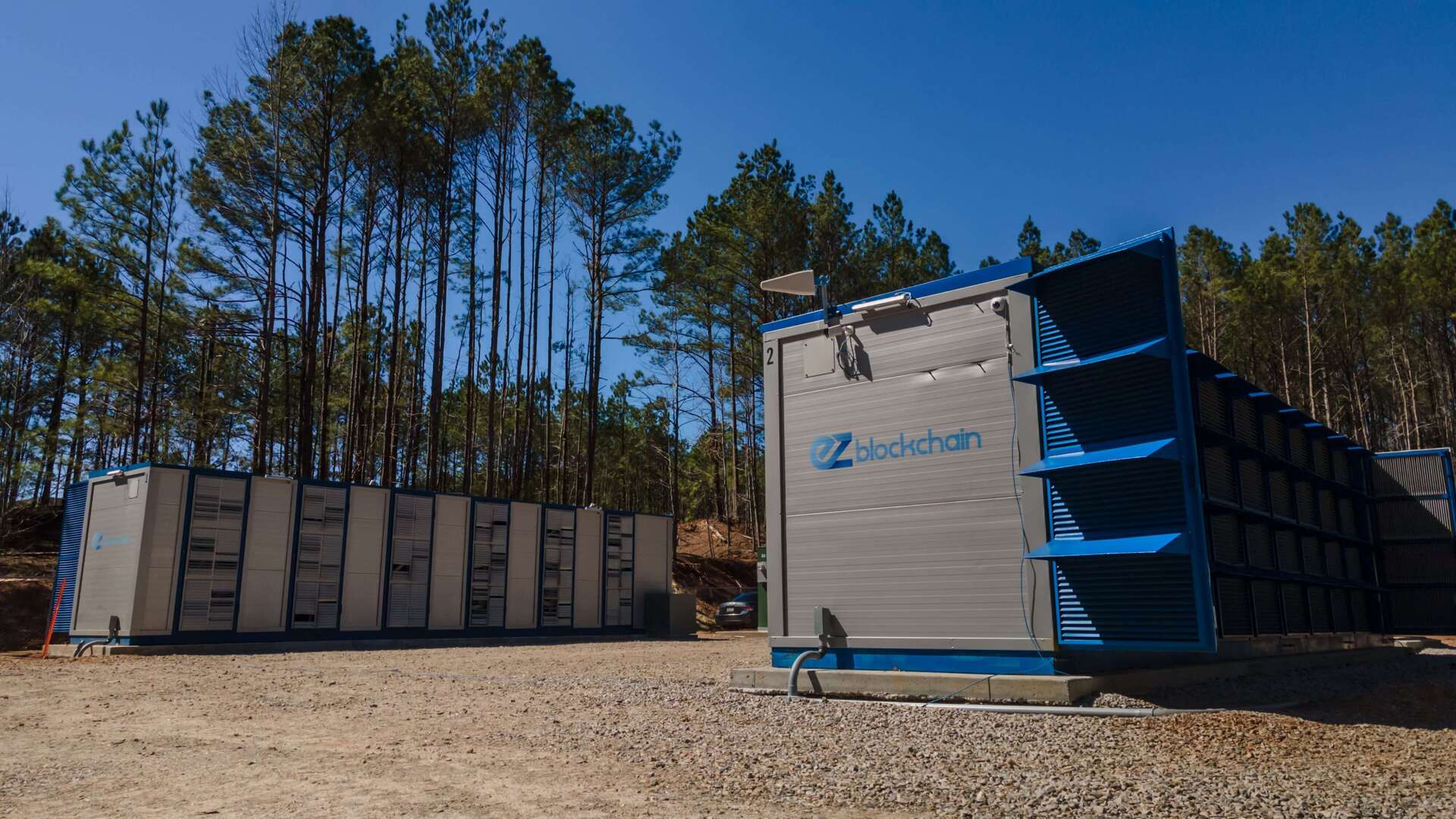

EZ Smartbox™ Mobile Mining Container
EZ SMARTBOX™
CRYPTO MINING CONTAINER
Producing mobile bitcoin mining containers since 2019

ADVANTAGES AND FEATURES
OF MODEL SB2000
New model released in 2024, pre-orders are now available
576
3,744 W
2,160 KW
Included
6 x 800A
Knock out panel on either side
C19 (Optional C13 splitter cable at additional cost)
24 x 125A PDUs
Welded steel frame with aluminum heat insulation panels
Included
40' x 8' x 9'8"
9500 kg
Included
1
1
Key (or via WiFi using app is available for purchase upon request)
Crash bars present at both the entrance and exit doors
Available for purchase upon request
Included
18
1,800
5
17,378
312,804
Included
Pleated
Available for purchase upon request
VFDs
6
15
94
576
6
12
96
48
Top of each Panel
Available for purchase
Available for purchase
Available for purchase
Available for purchase
Available for purchase
Available for purchase
Available for purchase
Available for purchase
Available for purchase
Available for purchase
Available for purchase
Available for purchase
Available for purchase
WHY CHOOSE OUR BITCOIN MINING FARMS
RAPID DEPLOYMENT AND
INSTALLATION
Materials
EZ Smartbox™ is a durable, structured steel frame, which is finished with high quality sandwich panels.
There are metal powder coated shelves inside.
IT infrastructure
We give our clients the option to pick their own internet infrastructure depending on their technical requirements.
Ethernet cables are connected to each rack for EZ installation process
Electrical components
EZ Smartbox™ Inside electrical infrastructure is protected by high quality circuit breakers. There are at least three layers of surge and heat protections for the equipment inside.
EZ Smartbox™ copper wiring is designed for continuous operation with minimum power losses. Hyundai, ABB & Schneider Electric are the top choices for electrical circuit breakers in a standard Smartbox™.
Affordability
Low depreciation
FAST TURNAROUND
EZ SmartBox™ finalized cases on the map
The goal of the project was to lower the carbon footprint of the oil producer by using their excess gas to run generators that in turn power our Smartboxes™.
Since oil producers have no way to use or monetize gas that is produced during the extraction process, they flare it. Due to the carbon footprint that is used in the flaring process, producers are often capped at how much oil they can pump in a day.
So when we power our generators via their flare, it greatly reduces the environmental impact caused by drilling operations.
Our solution for this project was to use multiple generators to generate 2.5 MW, which we needed to power our data center.
This allowed the energy producer to lower their carbon footprint drastically and thereby almost eliminate their emissions.

FREQUENTLYASKEDQUESTIONS
How much time does it take to install a container near the energy source?
How much time does it take to install a container near the energy source?
Ideally, you can install a bitcoin container and start mining within 24 hours.
In a nutshell, why are your containers better than your competition’s?
In a nutshell, why are your containers better than your competition’s?
Because we’ve been producing them for four years and have mastered the quality. Just like most new productions, we had certain issues at the beginning and fixed them later. However, our first air-cooling crypto mining containers that we designed in 2019 are still working great.
Regular Container vs. Custom Frame
Regular Container vs. Custom Frame
Typically, all Bitcoin mining trailers are built using 20ft or 40ft shipping containers for easy transportation and installation. However, EZ Blockchain also offers custom crypto-mining containers. If a miner has specific ideas about their mining rig, a custom frame cryptocurrency mining container may be a better option.
Do you help with installation?
Do you help with installation?
Yes. We have specifically trained engineers who implemented tier 3 and tier 4 protocols of work — which is super rare to find — which can allow you to have double security for your mining containers.
How do I connect the Datacenter (Smartbox) to the power
How do I connect the Datacenter (Smartbox) to the power
We have developed a comprehensive guide of connecting the Smrtbox to the grid as well as properly maintaining it.
If the power goes off?
If the power goes off?
The grid has its own backup power
